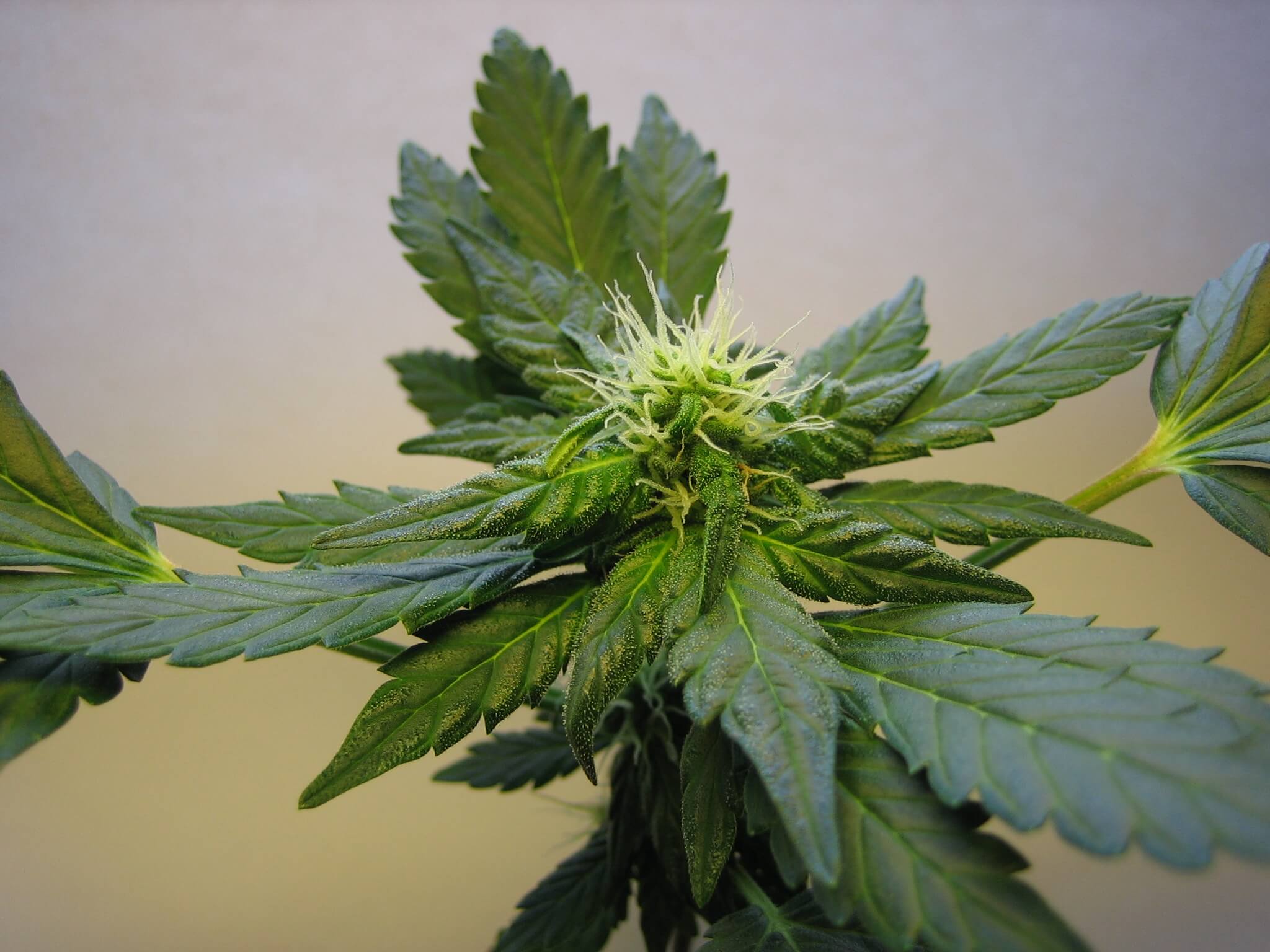It won’t come as a surprise if people often hear this likely tandem nowadays: Medical marijuana and cancer.
A lot of cancer patients have sworn by the positive effects of using medical cannabis pre or post-cancer treatments. Although the FDA does not officially accept medical marijuana as a cancer-treating alternative, there are two cannabinoid-based drugs that the prominent organization certified in the United States:
- Dronabinol
- Nabilone
This regularization from the Food and Drug Administration begs the question: Is using medical marijuana highly effective in curing cancer?
First off, let’s get to know the relation between cannabis and the human body.
Marijuana and the Endocannabinoid System
Although human bodies are engineered differently, we all have an endocannabinoid system.
This system is responsible for a myriad of various functions that enable us to sleep, give birth, exercise, breathe, eat, think, and more. Our endocannabinoid system produces natural endocannabinoids and works with various receptors and hormones to keep our bodily functions topnotch.
On the other hand, cannabis has more than a hundred of these similar cannabinoids. The two most common ones are:
- Cannabidiol (CBD)
- Tetrahydrocannabinol (THC)
Once ingested, these components either work indirectly or directly with our body’s receptors – helping our endocannabinoid system to function better.
That said, cannabis can help modulate various bodily processes that either decrease or increase the levels, adjusting them to maintain just the right balance for an efficient system.
So how does marijuana affect cancer? Read on to find out.
How Marijuana Kills Cancer Cells
Our bodies consist of several cells. These cells communicate with each other by sending signals. Apoptosis, the physiological process of cell death, is essential in controlling unwanted cells that hinder other body parts and organs.
Cancer cells, on the other hand, are abnormal cells that grow uncontrollably. Because some of them can’t be controlled, they no longer respond to signals that transpire during apoptosis, causing cancer cells to metastasize to other parts of the body.
Because the cannabinoids in marijuana work with particular receptors in the body, namely CB1 and CB2, they help in inhibiting cancer cell proliferation. This method is achieved by improving the signals and communication between various cells in the body.
Although a lot of peer-reviewed studies are needed to prove this claim further, statistics show that cannabinoids may, in fact, make the signals antitumorigenic.
Medical Marijuana for Chemotherapy-Induced Symptoms
Another primary factor of why medical cannabis is getting several accolades from various societal sectors is because of how it helps chemotherapy patients.
Nausea, vomiting, and neuropathic pain are some of the few symptoms of post-chemotherapy sessions. However, not a lot of patients react positively to synthetic medications.
That said, some doctors administer medical marijuana to relieve cancer patients of the symptoms from chemotherapy.
THC, the psychoactive component of cannabis, is said to relieve pain, vomiting, and nausea. While CBD, the non-psychoactive cannabis component, is supposed to reduce the onset of depression and anxiety after a mentally demanding chemo session.
Conclusion
Medical marijuana is certainly not a panacea for cancer. It’s always important to consult medical experts for more treatment options. But if you wish to try herbal healing, always make sure you purchase from reliable online dispensaries, such as Budmail, to get quality marijuana strains.

